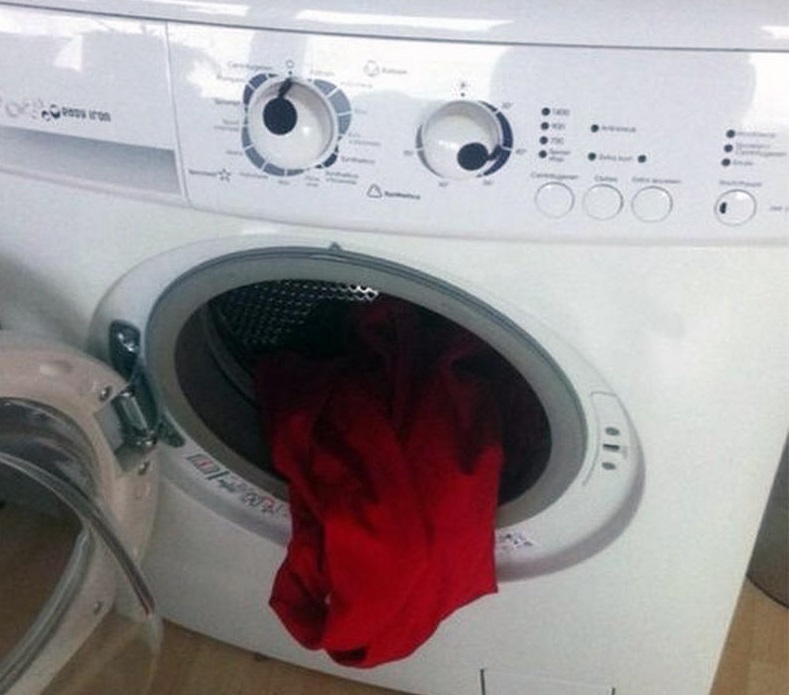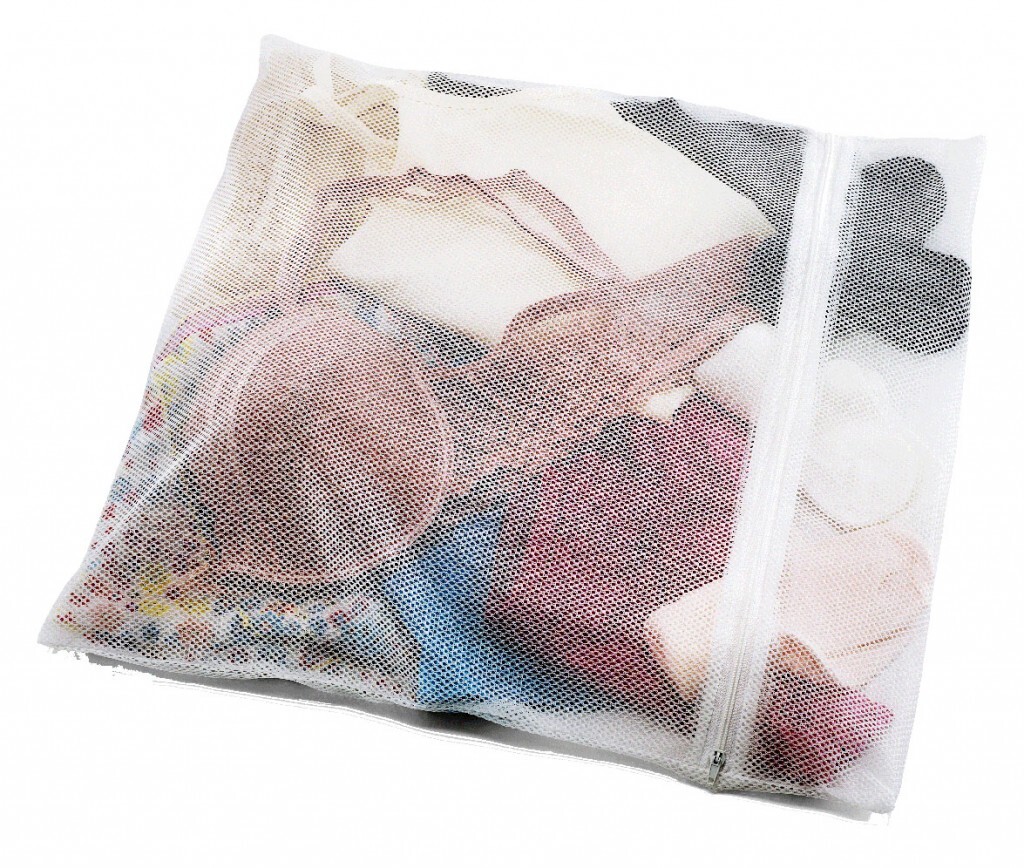
Welcome to the Appliances Online Blog
Tips and tricks for better home living, from the kitchen and laundry to the bedroom and backyard.
LAUNDRY | 22 MAY, 2024
8 MIN READ
How to clean a suit without dry cleaning
DIY suit cleaning

Sometimes a man wants to look his very best, and when this mood strikes, it’s time to bring out the suit. A staple of men’s fashion for more than 100 years, the suit comes in a range of different colours and styles to suit different occasions, from the formal to the casual.
And the suit isn’t just for men. Ladies can equally rock the look, doing so gloriously!
To ensure that your suits always keep you looking fabulous rather than frightening, here’s our guide to basic suit care at home.
What is a suit?
For clarity’s sake, generally when we refer to a suit, we’re talking about the sharp-looking suit jacket. Possibly a vest or waistcoat as well.
The shirt and trousers are typically (but not always) fairly straightforward to take care of in comparison to the jacket, which is often made from several different materials that all react differently to cleaning with soap and water (which is why dry cleaning is recommended by manufacturers to stay on the safe side).
Always read the labels (if you want to know why, I’ve a pair of shrunken dress trousers at home to show you), and take care to wash and iron these items properly, following our laundry buying guide. Keep the jacket separate so you can give it some special attention.

While your first instinct when it comes to cleaning a suit is often to drop it off at your local dry cleaner’s, it may be the equivalent of peeling an onion with a chainsaw – it gets the job done, but there may be collateral damage.
After all, dry cleaning often makes use of some pretty powerful chemicals and industrial-grade equipment, which can quickly wear out and even damage your suits, especially after repeated dry-cleaning treatments.
Cleaning your suits at home is not only less expensive than dragging them down to the dry cleaner with each wear, but it’s often a gentler way of extending their lifespan, so you can look better for longer.
FUN SUIT FACT: It’s recommended that you hang a suit back up on the rack for an airing-out after each wear for at least 24 hours (or three days, or a week) before pressing it back into service, as this gives the materials a chance to breathe and relax, which in turn helps to extend their lifespan.

Steam is your friend
If your suit jacket isn’t stained, but is rather just a bit dusty and/or crinkled, it may only need a bit of a freshen-up rather than a full-on clean.
Steam is great for this sort of thing, as it combines water and gentle heat to change the consistency of the fibre polymers without damaging them.
If you have access to a garment steamer, you can get your suit jacket looking pretty great simply by hanging it up and running steam over it. The warm steam relaxes the fibres, and gravity pulls them back into shape, leaving you with a much fresher suit. The steam’s moisture should also loosen up any lint or small grots on the jacket’s surface, making them much easier to brush away with a lint brush.

Even without a specialised steamer, a regular iron can usually do a decent job of vertical steaming – just keep the hot surface well away from your garment to prevent damage. An iron with a steam generator tank is especially useful for ensuring a powerful and long-lasting supply of steam.
Another method some people swear by is giving the suit jacket the sauna treatment by hanging it in the bathroom while showering, allowing it to be suffused with steam. You could probably achieve a similar effect by hanging a jacket in a small laundry room while an un-vented clothes dryer is operating – those things can sometimes pump out a LOT of steam!

Ironing/pressing at home
The reason why we don’t just stick our suit jacket down over the ironing board and give them a good going-over with the steam iron is that this is a great way to damage them.
While we may think of the suit as a rugged garment for manly men, they’re actually pretty delicate things, often made from various soft fabrics that don’t handle rough treatment well.
When a hot iron is pressed to a suit jacket, this can often damage its fibres, giving it a shiny appearance that will certainly stand out at that next meeting.
But if there’s a tough crease in your suit that steam alone won’t shift, there are ways to deal with this without taking them to the cleaner’s to be pressed (or investing in a presser yourself).
Spread out your suit jacket like you would any other garment you iron. Until you’ve mastered your technique, it may be worth starting on the inside, so if you make any mistakes, the damage won’t show on the outside.
Take a damp tea towel and place it over the first area. Start with your iron set to a low setting, and press on the towel a few times – do not slide the iron like you would normally. If necessary, gently increase the heat until you start seeing some results.

Spot cleaning
Let’s say that at the last business lunch or wedding you attended in your suit, you got a bit of wine splashed on your suit, through no fault of your own.
How is that coming out when you can’t stick your suit in the washing machine along with the rest of your laundry?
Before you rush out in search of cleaning chemicals, try water first – it’s the universal solvent! Don’t rub it in, as that could mark or wear out the fabric. Instead, just dab it on the area, blotting it and letting it work its magic.
If water’s not working, add a touch of soap, though be sure to test the mixture on a similar piece of material to ensure you’re not going to be accidentally creating more mess. White wine, white vinegar, soda, salt, and other household substances have all also seen use as makeshift stain-removers, though these should also be tested first.
Only if you’re still having no luck should you reach for the chemical cleaners.

Stick it in the washing machine
“Whoa, whoa, WHOA!” I hear you howl. “Are you CRAZY? You CAN’T put a suit jacket in the washing machine! That’s the whole POINT of this article!”
Except... you can sometimes. It's not always the best idea, but it CAN be done. Under controlled conditions. Which I will now tell you all about.
The dangers of throwing a suit jacket into the washing machine along with your tracky dacks, undies and other laundry are many. As suits tend to be made from several different layers of materials, they react to washing in unpredictable ways. Sometimes hot water can shrink some or all of the material; sometimes detergents can react with the fabrics; and rough tumbling or spinning tends not to be good for their delicate stitching.
But if you stick to a cold water cycle, minimize your use of detergent (or leave it out altogether), and place the suit jacket in a delicates bag before placing it on a gentle cycle, you can give your suit a more thorough clean than would typically be possible without professional-grade equipment and expertise.
If your machine-wash is successful, you may be tempted to ride your sense of accomplishment into drying the jacket with your clothes dryer, but I'd advise against that. After all, if your jacket is soaked in water, heating this water up in the dryer may do the same kind of damage you were trying to avoid by washing it in the cold stuff. Stick to line drying in this case, hanging it on a coat hanger to maintain the shape.

If you REALLY want to get some extra use out of your dryer, you may be able to toss in your suit jacket along with a commercially-available dry cleaning sheet. These little squares of material are infused with similar chemicals to those used down at the dry-cleaners. Place the jacket in the delicates bag along with the sheet and place it in the dryer on a tumble-only (no heat) cycle. Always read the cleaning sheet manufacturer's instructions, and check the fabric makeup of your suits to prevent potential disasters before they occur!
When in doubt, call a professional
Always read your labels before you clean anything, including suits. If you need more information or advice, check with the manufacturer, a professional cleaner, or even a tailor – they should have the knowledge and experience required to fill any gaps that your dedicated appliance blogger may have missed out on.

After joining Appliances Online, Mark learned more than he ever expected to know about washers, dryers and fridges, and discovered a knack for solving everyday problems using typical household appliances. When he’s not toiling at his day job, Mark tries to find time to write the next bestseller and draw satirical cartoons, but is too easily distracted by TV, music and video games.
Latest Articles
ECO & SAVE
3 DECEMBER 2025
Why food scraps are a bigger problem than you think
There’s a better way to dispose of food waste
KITCHEN
2 DECEMBER 2025
Our Top 10 best selling French door fridges in Australia 2025
We look at capacity, energy efficiency, features and prices
KITCHEN
1 DECEMBER 2025
How long does food keep for in the freezer?
Smart freezing tips to reduce food waste
HOME LIVING+
28 NOVEMBER 2025
Yes - we have free delivery for appliances in Melbourne and VIC!
Why pay for delivery when you can get it for free?
More Like This
ECO & SAVE
3 DECEMBER 2025
Why food scraps are a bigger problem than you think
There’s a better way to dispose of food waste
KITCHEN
2 DECEMBER 2025
Our Top 10 best selling French door fridges in Australia 2025
We look at capacity, energy efficiency, features and prices
KITCHEN
1 DECEMBER 2025
How long does food keep for in the freezer?
Smart freezing tips to reduce food waste



